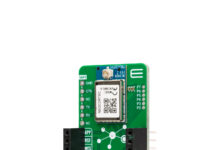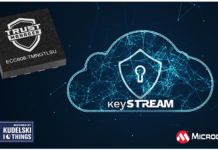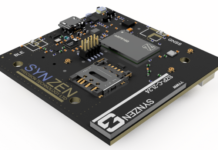
Security is a critical aspect of the Internet of Things (IoT) ecosystem, as IoT devices or nodes are vulnerable to a variety of security threats. IoT devices can be accessed by unauthorized users who can then take control of the device, steal data, or disrupt its normal functioning. Data collected by IoT devices can be breached or stolen, leading to privacy violations, identity theft, and financial losses. IoT devices can be infected with malware, which can take over the device, steal data, and spread to other devices on the network. Attackers can flood an IoT device with traffic, causing it to crash or become unavailable.
Secure elements are a crucial component in protecting IoT nodes against security threats. They provide a secure and isolated environment for storing sensitive information such as cryptographic keys and credentials and enable secure communication and authentication between IoT devices and the cloud.
Secure elements for IoT nodes come in different forms, including hardware and software-based solutions. Hardware-based secure elements are typically built into the IoT device’s hardware and provide the highest level of security as they are physically tamper-resistant. These secure elements are designed to perform secure key generation, storage, and cryptographic operations, and can also provide secure boot and firmware update capabilities.
Some common features of secure elements for IoT nodes include:
1. Authentication and encryption: Secure elements enable secure communication between IoT devices and the cloud by providing authentication and encryption capabilities.
2. Key management: Secure elements enable secure key generation, storage, and management, which are essential for securing communication and data exchange between IoT devices.
3. Secure boot and firmware updates: Secure elements can provide secure boot and firmware update capabilities, which ensure that the device’s firmware is securely updated, and that the device boots up securely.
4. Tamper resistance: Hardware-based secure elements are designed to be physically tamper-resistant, which makes it difficult for attackers to access the secure data stored within the device.
Overall, secure elements are a critical component of IoT security, and their use can help to protect IoT devices from a wide range of security threats, including data breaches, unauthorized access, and tampering.
STMicroelectronics secure elements are based on industry-standard secure element technology, and they comply with various security certifications. These secure elements are typically used in various applications such as mobile payments, identity management, and secure authentication.
for more information visit: www.st.com



















